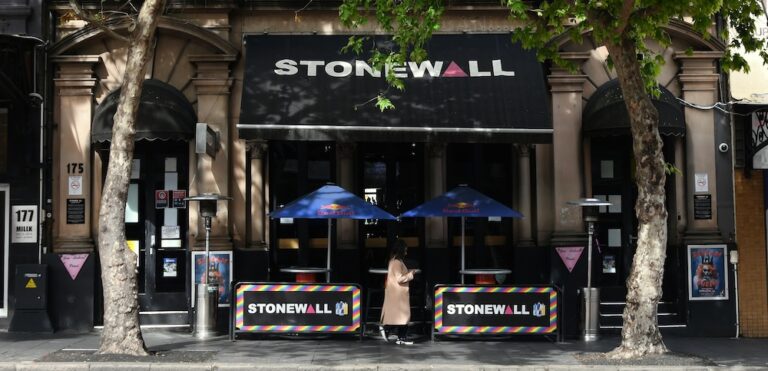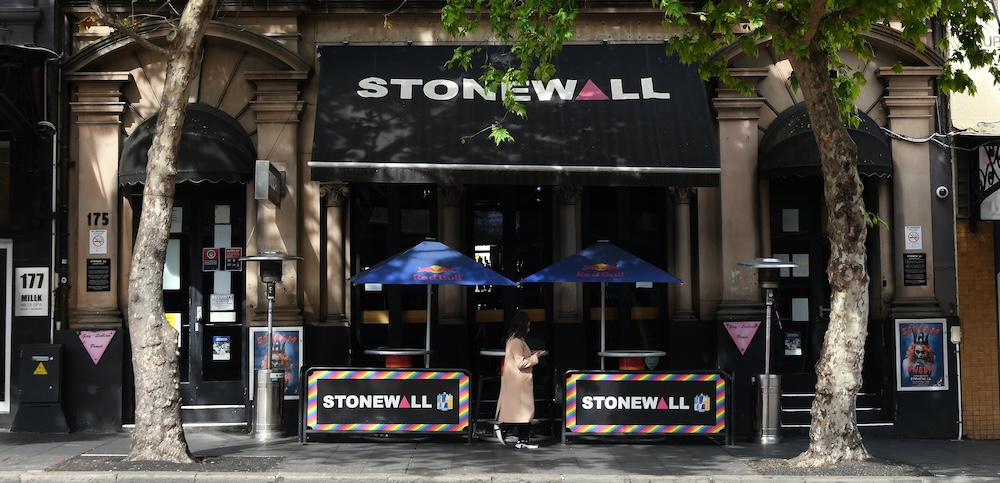
Insulation issues
With winter approaching it’s time to think about ways of ensuring that your home is easy and inexpensive to heat. Whichever type of heating system you use, adequate insulation is essential to ensure that heating costs are kept to a minimum. There’s no point installing an excellent, efficient heating system if the heat can simply escape through the walls, roof and windows of your home.
Every new home or renovation in Australia must be insulated according to the requirements of the Building Code of Australia. The rating (or R-value) for this insulation varies from location to location and between building elements. Local councils also have their own requirements for insulation which sometimes exceed those set out in the BCA. Individual manufacturers, your local council, builder or architect can advise you on the rating required for your home.
But it’s not just owners of new homes who should think about insulation. All houses benefit from good insulation and, if you’ve never checked your ceiling space for insulation, now is the time to do it.
The elements that need to be insulated under the BCA are roofs, ceilings, walls and floors. The natural tendency of hot air to rise means that roofs and ceilings are an easy route for heat to escape from a building. Insulation within the ceiling space reduces the amount of heat that can be lost via the roof. The use of reflective foil, or sarking, under the roof is also required to reflect heat from the building and prevent overheating in summer.
Not all walls and floors need to be insulated. Some building materials, such as double cavity brickwork, provide adequate insulation by themselves. Likewise, concrete slab floors provide excellent insulation against the cold and moisture of the ground below. Lightweight timber floors readily allow heat to pass through and should therefore be insulated in all but the warmest climates.
When selecting an insulation product you will need to choose between the different materials available. The most common material is mineral fibre but other products include natural wool, polystyrene and cellulose fibre. There is also a range of formats available from blankets and batts to spray-in loose insulation. Most of these products can also double as noise insulation, which can be a real bonus.
Choice Magazine online provides a great summary of all insulation types and their benefits as well as a basic outline of insulation principles, and the NSW government website www.sustainability.nsw.gov.au has a useful guide for insulation requirements in this state. If you are serious about reducing expenditure on winter heating, then investing in good insulation should definitely be your first step.










